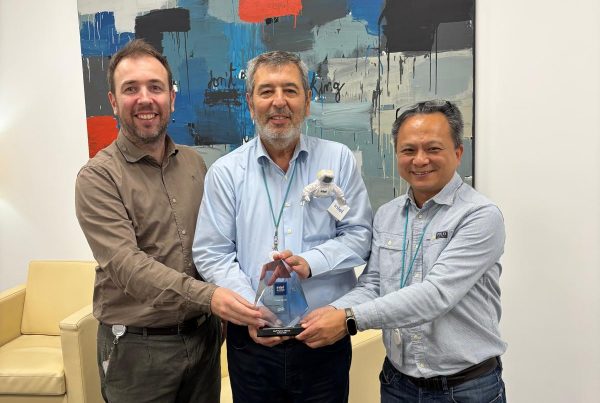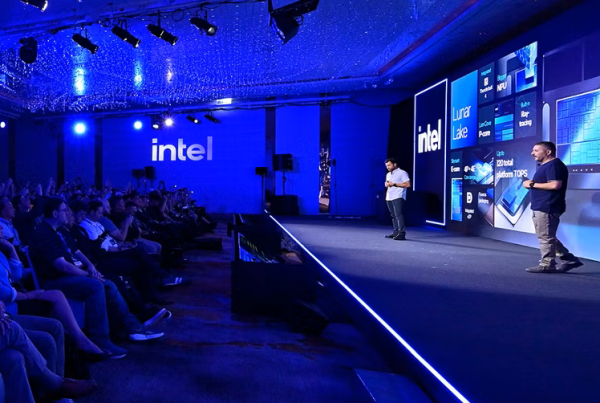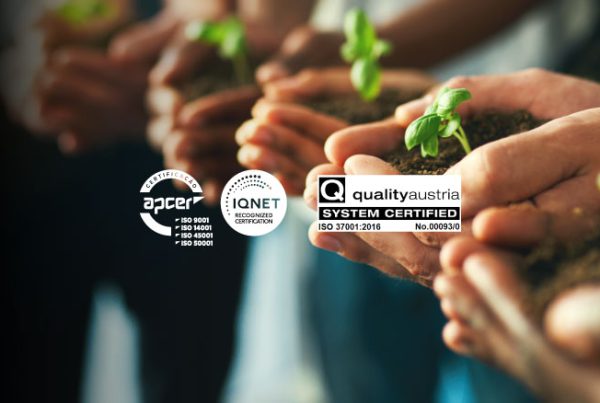In our contemporary world computers play an essential role in every sphere of our lives.
Within this perspective technology has a profound impact in the way we communicate, we work, we engage, we teach, and we learn. Moreover, in the recent years bringing meaningfully technology into the learning experience represents an amazing challenge for the educational community, (including parents in this equation). A big part of the challenges relies in the fact that talking about integrating technology into education is not about putting computers in the classroom and carry on with classes.
In fact, that should not be the focus point. In the wider picture bringing technology into the learning experience, which expands beyond the classroom walls and can occur everywhere and anytime, demands rethinking and redefining the education paradigm and taking into account the real life needs, priorities and challenges of students, teachers and parents within the context of transformation.
Concerning the integration of technology in the learning experience and the transformation educational paradigm it is essential to design a holistic and engaging framework. Therefore, this means selecting the devices for students and teachers that answer their specific needs. It also means integrating a set of educational software that promotes an engaging learning rooted in a STEAM approach, aiming to contributing to the empowerment of a workforce well versed in rising job markets like to which inquiry-based learning, collaboration, and an emphasis on process-based learning are at the heart of this approach.
Still, in the technological sphere of the educational field, connectivity also plays a relevant role. And, regarding connectivity, studies point out that half of the world’s people are still offline.
The importance of ensuring connectivity as a path for inclusion is perceived by the United Nations Sustainable Development Goals that set a target of universal internet access by 2020. Nevertheless, the reality we are live in show us we are missing the target.
It is kind of crazy to think that bringing technology into education means bringing computers with connectivity into the classrooms. Integrating technology into the educational experience demands the active participation of a multidisciplinary team of agents whose different roles and responsibilities converge and interconnect.
In the layer of the decision-making process are government agents linked to the areas of Education, Digital Transition and Communication and Information Technologies whose responsibilities are focused on decision-making, budgetary capacity and agility, design, monitoring and implementation of the Project.
In the Project’s implementation layer, there are government technicians and specialists, but also private partners specializing in technology for education. This multifaceted group of agents shares the same purpose: guaranteeing the implementation and continuity of a successful educational project.
Thinking about an educational project for a reality in which children, youth and adults can learn everywhere and at anytime implies bringing the terms “technologyâ€, “connectivity†and “integration†into the equation. In this context when talking about technology we talk about equipment developed specifically for education.
As children go forward through the education system, their physical and educational needs and challenges grow with them. This means that the right device for supporting learning and teaching goals changes as well. For instance, younger students may find early learning success with simpler touch-based devices while older students have the competences and need for more computing power and an environment featured by innovation and challenge.
In this perspective we share bellow the essential requirements a device for education should meet:

Today’s students are always connected and learning, both on and within the school walls. The right technology can assist learners understand and connect with the real-world, career-ready skills while empowering teacher to manage classroom operations efficiently and personalize learning experiences for their students.
Therefore, we should look for a holistic approach for student achievements. Plus, ensuring connectivity means allowing access to information available online and communication between the various elements of the educational community. Thinking and designing the integration of the various components of the project implies evaluating and defining eLearning content platforms whose purpose lies in supporting the management of classes, content, and administrative tasks.
Looking for a meaningful solution for your educational environment?
Looking for a comprehensive assessment of educational priorities, challenges and needs for a community?




